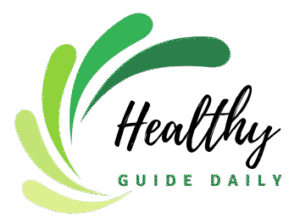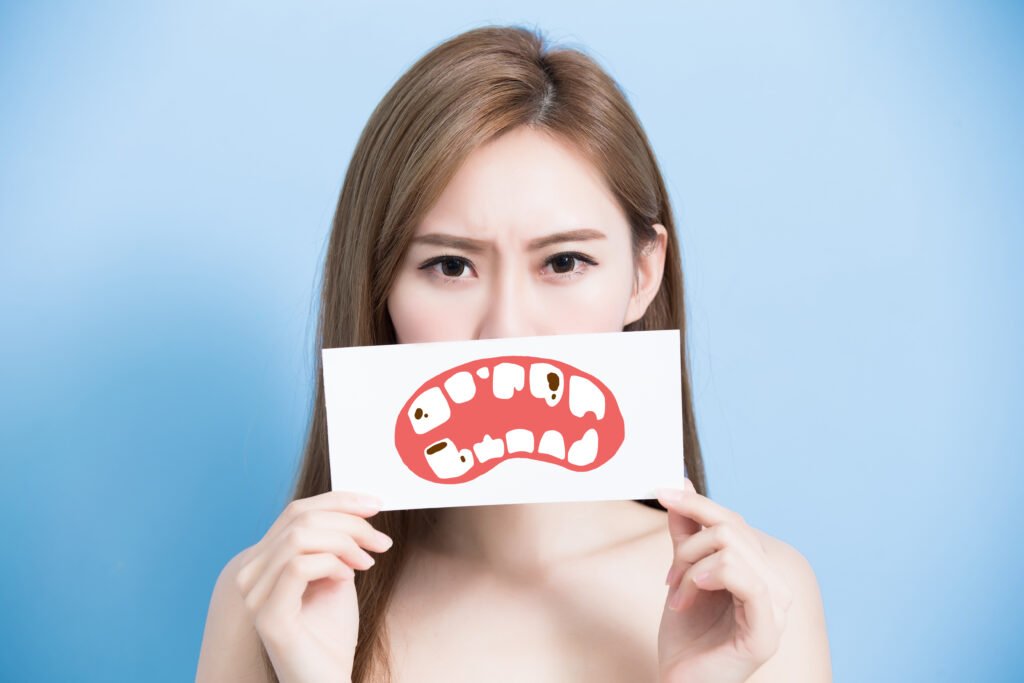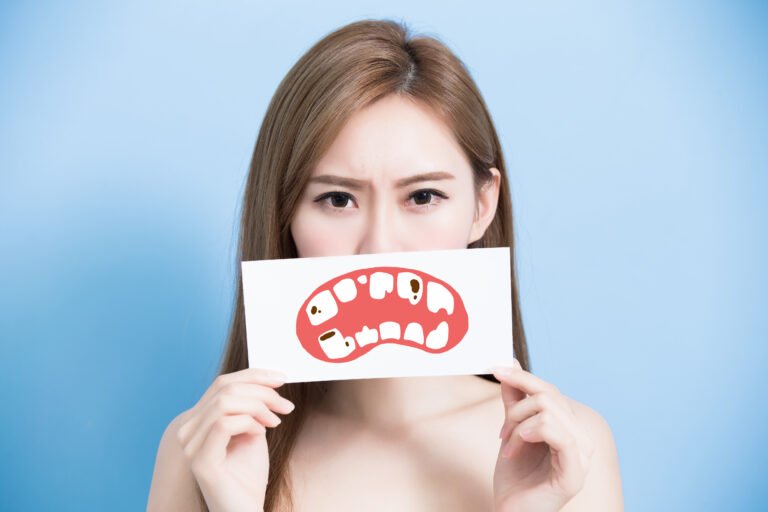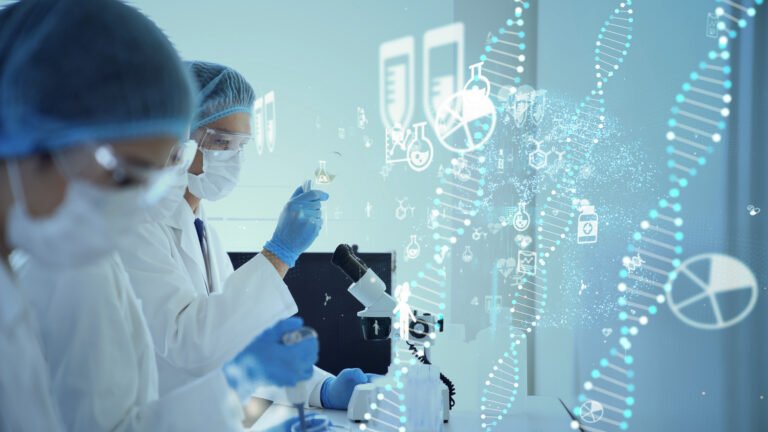If your hair could save your teeth, would you ever fear cavities again?
Story Snapshot
- Keratin, the protein found in hair and skin, can repair and protect tooth enamel.
- Scientists have created a mineralized keratin layer that halts decay and restores enamel strength.
- This breakthrough outperforms traditional fluoride treatments.
- The innovation could change how we prevent and heal dental cavities.
Keratin: From Hair to Tooth Rescue
Researchers have discovered that keratin—the same resilient protein that gives hair and skin their strength—can play a pivotal role in dental health. By harnessing keratin’s unique properties, scientists devised a way to mineralize this protein into a protective layer for tooth enamel. This layer acts as a shield, halting decay and restoring the enamel’s original strength. For generations, fluoride has been the gold standard in fighting cavities, but this new approach could redefine preventive dentistry.
🚨Goodbye cavities? This new toothpaste made from hair can heal enamel🚨
Scientists have found that keratin, the protein in hair and skin, can repair and protect tooth enamel. The material forms a mineralized layer that halts decay and restores strength, outperforming 🧵👇 pic.twitter.com/sHALPefHLU
— Uncaged Being (@UncagedBeing) November 11, 2025
Keratin’s transformation from a cosmetic staple to a dental defender is rooted in its molecular structure. The protein’s ability to bind with minerals makes it an ideal candidate for enamel repair. By applying keratin-based paste to damaged teeth, researchers found that it forms a robust barrier resistant to acids and bacteria. This discovery not only offers hope to those with chronic dental issues but also opens doors for more natural, less invasive treatment options.
Watch: Could keratin help heal tooth problems? • FRANCE 24 English
Outperforming Fluoride: The Science Behind Enamel Healing
Traditional fluoride works by strengthening enamel and making it more resistant to acid attacks. However, fluoride cannot reverse damage once it occurs. Keratin-based toothpaste goes further by actually rebuilding lost enamel. In controlled studies, teeth treated with keratin showed measurable increases in strength and durability. The mineralized keratin layer resists erosion and creates an environment hostile to cavity-causing bacteria. Dentists and patients alike may soon rely on this innovation for both daily care and targeted healing. As researchers continue to refine the formula and test long-term safety, the excitement grows within the dental community and among consumers eager for healthier smiles.
The Future of Oral Health: Practical Implications and Open Questions
The prospect of healing enamel with a protein derived from human hair raises fascinating questions about the future of oral care. Will keratin-based treatments make fluoride obsolete? Could routine brushing with this toothpaste eliminate the need for costly fillings and crowns? These possibilities are being explored in clinical trials and dental offices worldwide.
The implications extend beyond just preventing cavities. If keratin can be engineered to protect and heal enamel, it may also reduce tooth sensitivity and improve overall mouth health. Patients who avoid the dentist due to fear of painful procedures could find a gentler alternative in keratin-based products.
Enamel Innovation: What Comes Next
Questions remain about long-term durability, potential allergic reactions, and cost compared to conventional toothpaste. However, the promise of a cavity-free future driven by a natural protein is capturing imaginations and fueling new research. Dental product manufacturers are already exploring commercial applications, signaling that this breakthrough may soon move from the lab to store shelves.
For readers who have watched their dental health decline with age or struggled with persistent cavities, the idea that a protein from hair could restore their teeth is as compelling as it is unexpected. Open questions about application methods, effectiveness in diverse populations, and integration with existing dental care routines will keep the story unfolding for years to come.
Sources:
https://www.sciencedaily.com/releases/2025/11/251110021058.htm







